Gold Mussel
Some invader aquatic species presence, including gold mussel Limnoperna fortunei, causes a series of damages to hydroelectric power station installed, and they can clog the water system piping, grids sunk, and increase equipment maintenance time and frequency.
Among the invader exotic species that cause damage to power generation, the gold mussel stands out in South America, as its high reproduction rate and the lack of competition in the South American river environment (as there is not another fresh water mollusk that inlays in rigid surfaces), enables establishing quick growth populations, inlaying in hydroelectric power station structures, including water treatment plants, vessels and fish farming tanks.
Monitoring, Survey and Control Actions
Gold mussel presence has been detected in Paraná reservoirs from 2001, and in Copel reservoir, in 2006 (Salto Caxias power station, in Iguaçu river).
Even before the mollusk appearance in Copel areas, it already performed survey and monitoring in its reservoirs, in order to prevent and minimize impacts in power station structures and operations.
At the same time, Copel developed Iguaçu River Basin Invader Aquatic Species Assessment and Control Program. This program was performed by means of company assets aimed at National Electric Power Agency (Aneel) Research & Development (R&D) program.
As a result of this program, held in partnership with Technology Institute for Development (Lactec), there was a significant development in knowledge on invader aquatic species that interfere with hydroelectric generation. By means of this program, it was possible to develop the gold mussel genetic monitoring in then water, taking quick and safe detection actions. The program also analyzed different methodologies to fight the gold mussel and hydrozoa, considering efficiency and interaction with equipment and materials used in the power stations. Another program result was identifying critical control points and routine development for such species prevention and invasion fighting within Copel structures.
Copel keeps gold mussel presence monitoring, including genetic detection, in its main hydroelectric powernstation reservoirs, as well as ongoing contact with other electric power generator companies, in order to exchange information and technologies on invader exotic species fighting.



